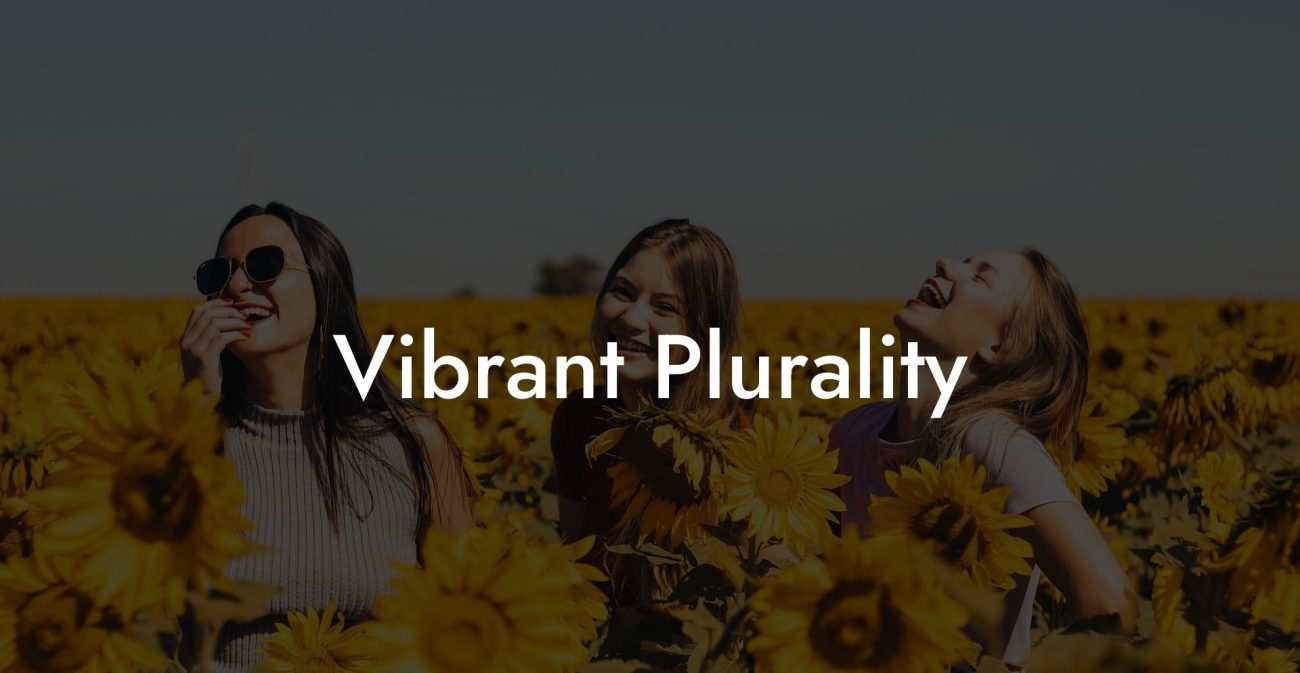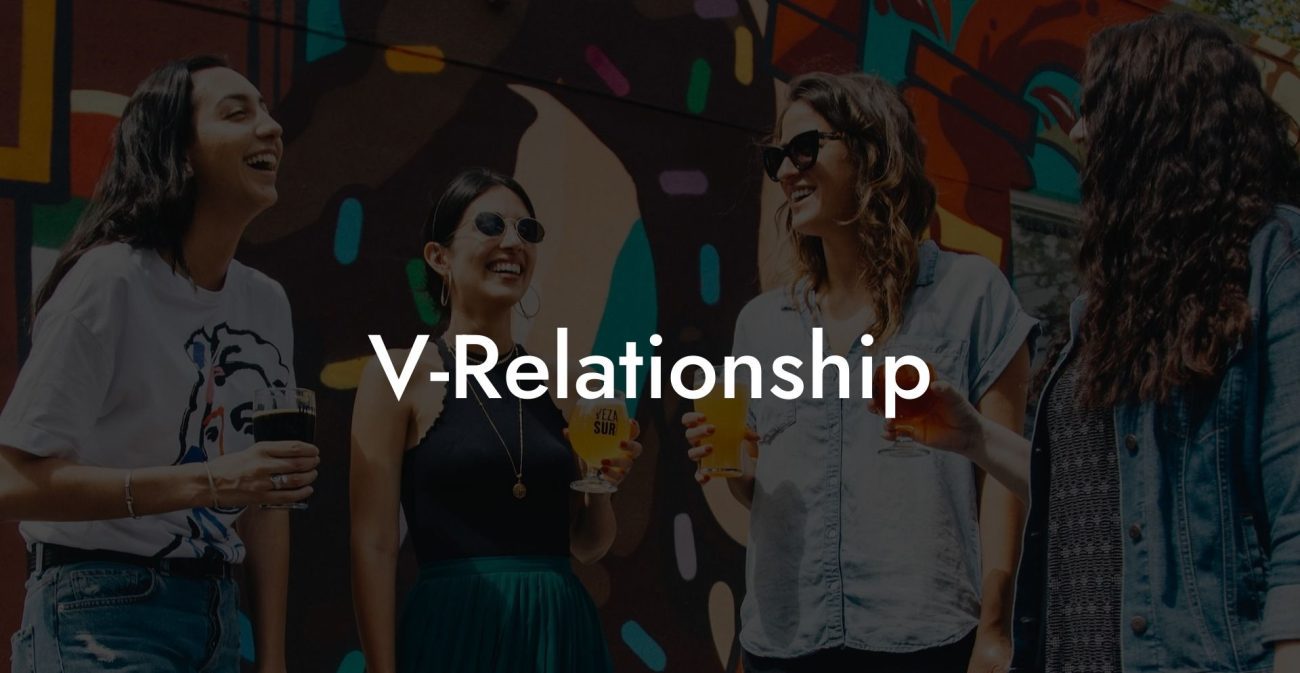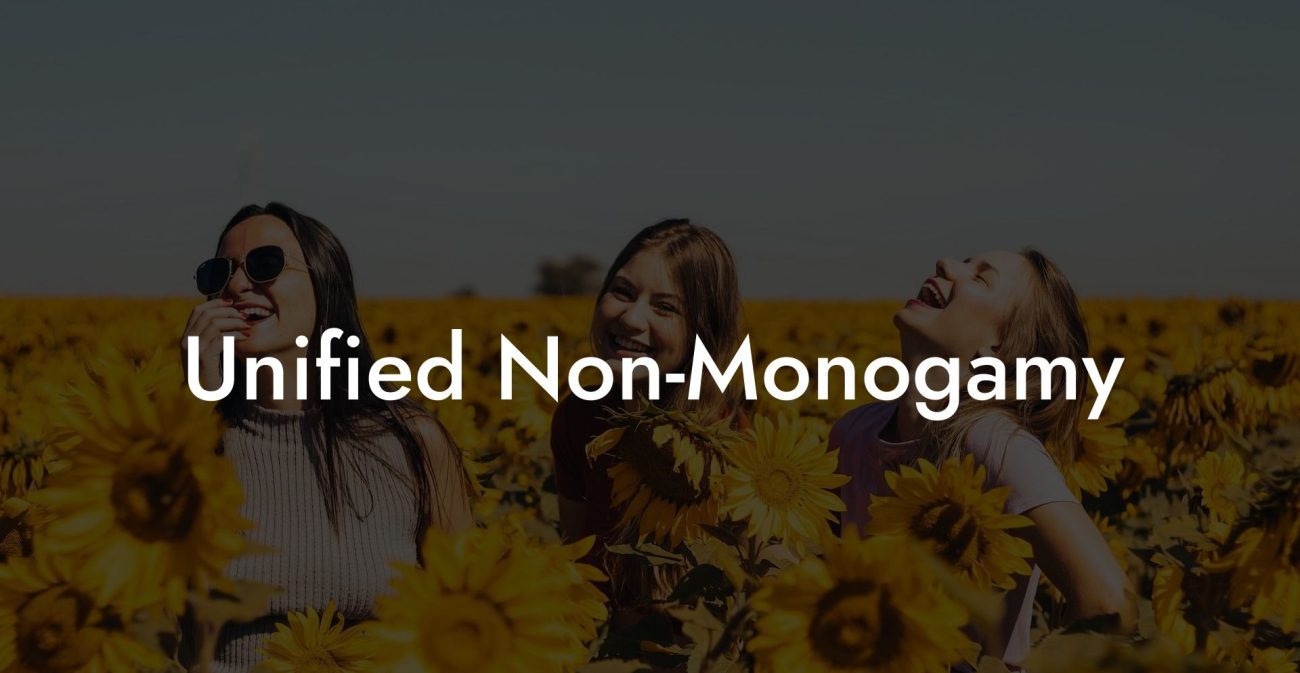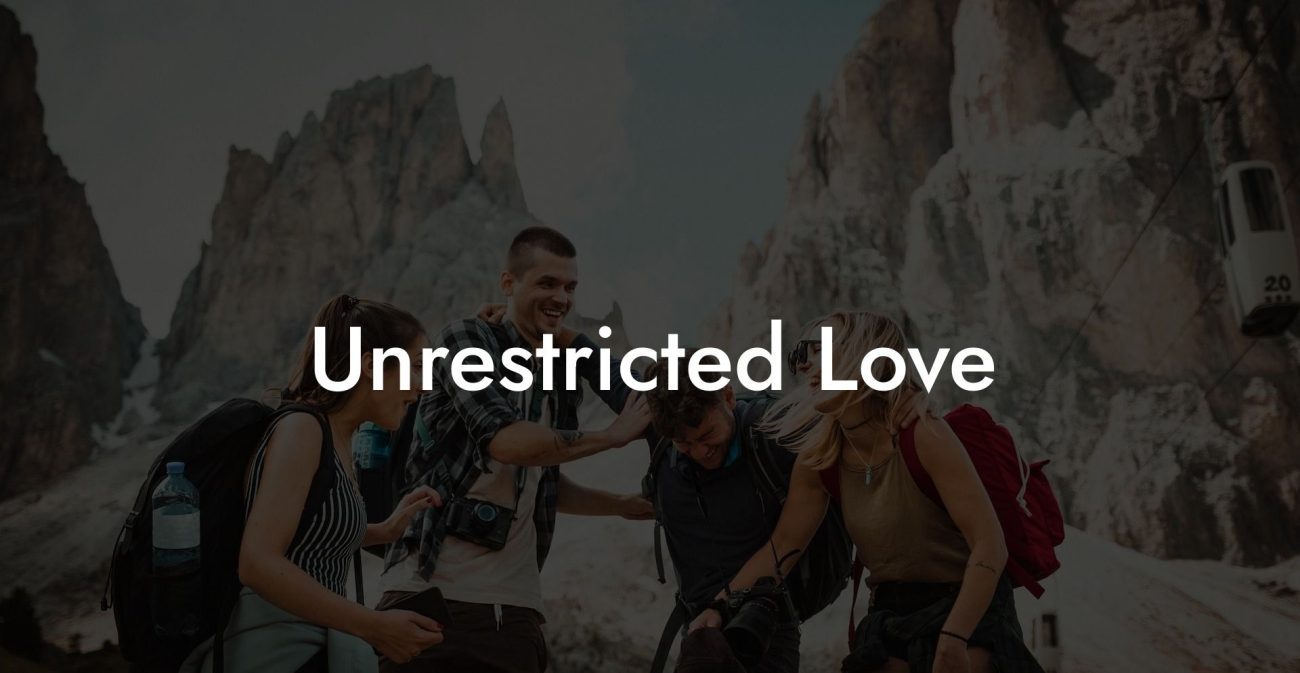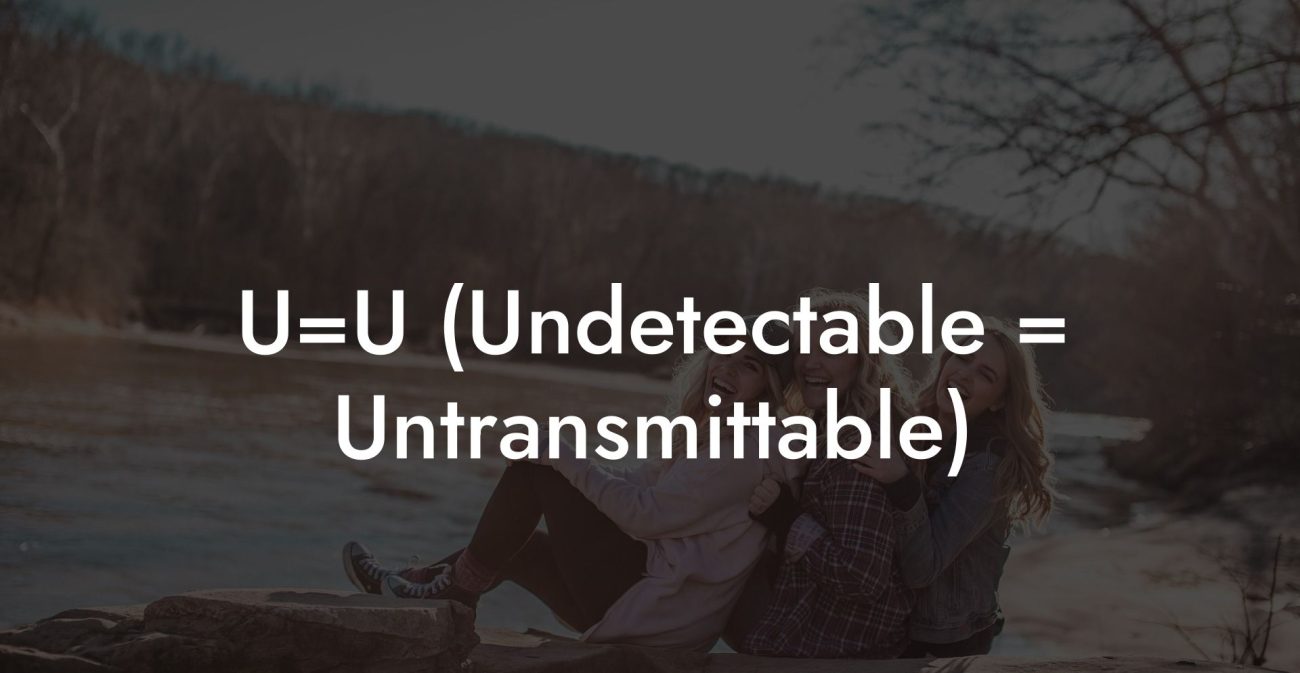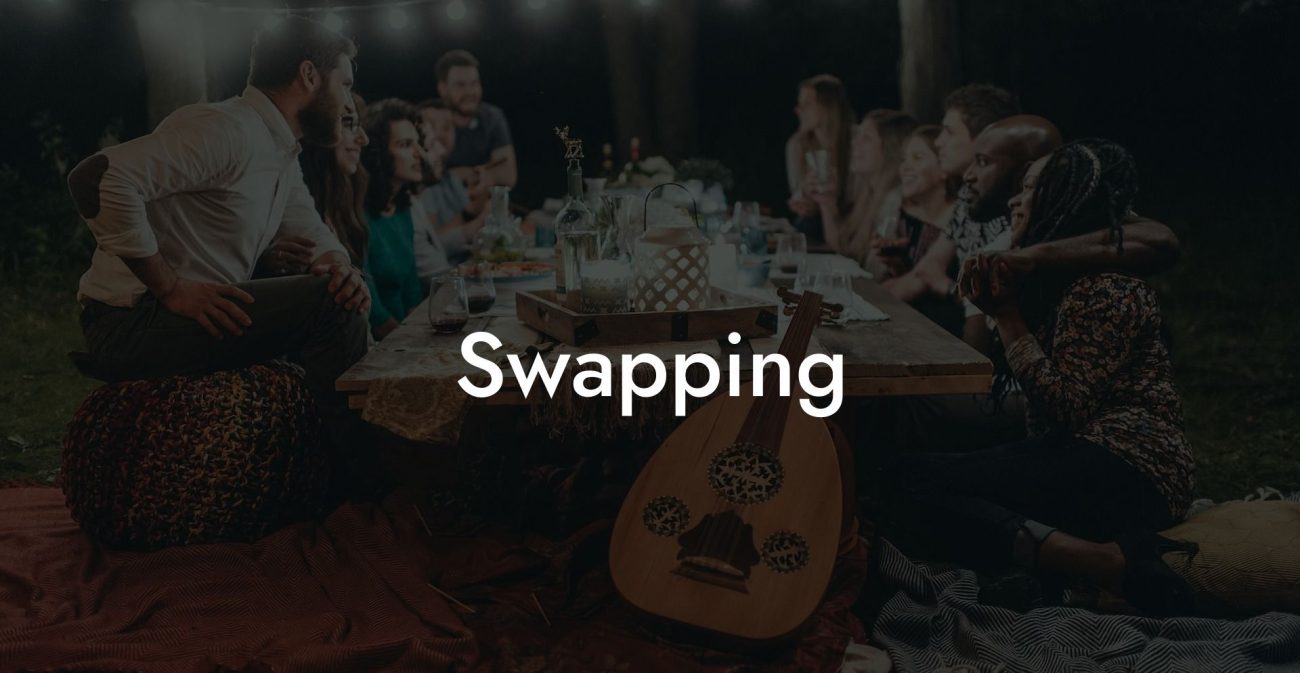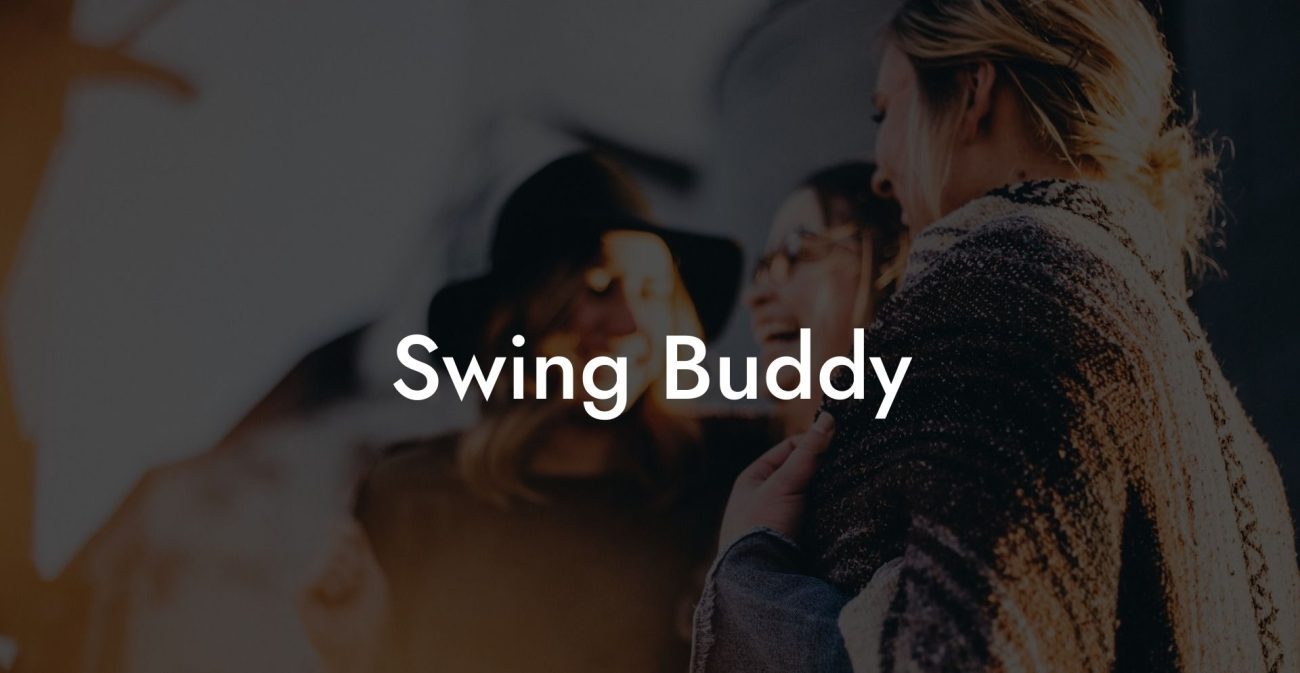Relationship Weaving
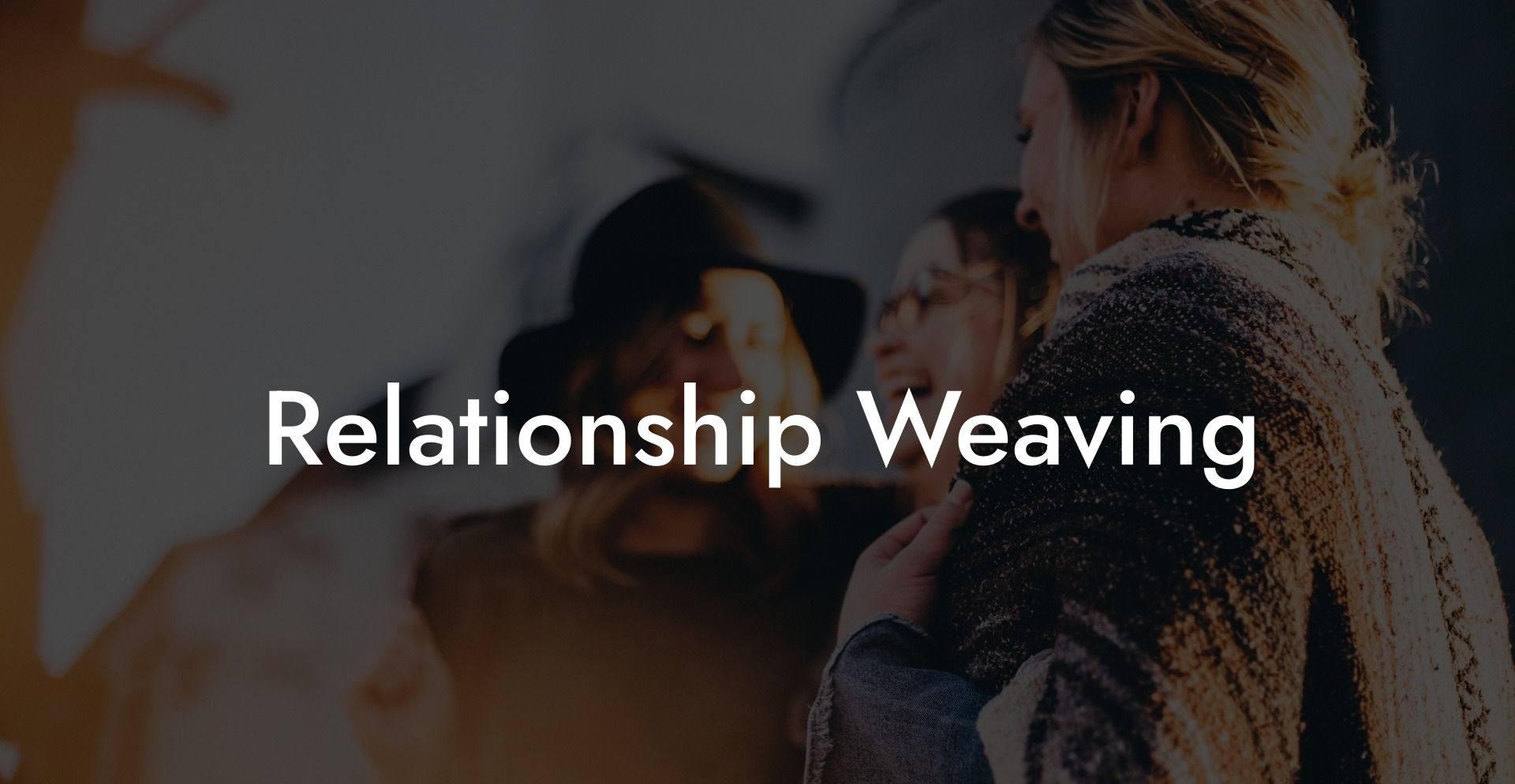
Imagine a master weaver at a loom, carefully intertwining threads of varied textures and colors to create a breathtaking tapestry. Now, picture your relationships as those threads, each unique, each essential, and each contributing to a larger, harmonious design. Welcome to Relationship Weaving, a transformative concept in ethical non monogamy that envisions your connections as interlaced elements forming a rich, dynamic fabric of intimacy and support. In this model, every bond, whether fleeting or long-lasting, is a thread that helps define the overall pattern of your love life.
Quick Links to Useful Sections
- The Ethical Non Monogamy Term: Relationship Weaving
- What Is Relationship Weaving?
- Core Principles of Relationship Weaving
- A Quick Video Explanation
- Historical and Cultural Perspectives on Relationship Weaving
- From Isolated Bonds to Integrated Tapestries
- Cultural Shifts in Modern Relationship Models
- Everyday Dynamics of Relationship Weaving
- Weaving Your Tapestry: Daily Practices
- Renegotiating Boundaries in the Weave
- Benefits of Embracing Relationship Weaving
- Deeper Emotional Connectivity
- Personal Growth and Empowerment
- Improved Communication and Conflict Resolution
- Collective Resilience and Mutual Support
- Challenges of Relationship Weaving
- Managing Emotional Complexity
- Balancing Individuality with Collective Connection
- Adapting to Continuous Change
- Navigating External Judgment
- Frequently Asked Questions (FAQ)
- Resources and Community Support: Your Next Steps
The Ethical Non Monogamy Term: Relationship Weaving
What Is Relationship Weaving?
Relationship Weaving is a conceptual framework that views the network of your connections as a carefully crafted tapestry. Each relationship, romantic, platonic, sexual, or otherwise, is a distinct thread that, when interlaced with others, creates an intricate design full of depth and meaning. This model encourages you to consider not only the quality of individual relationships but also how they interact to form a cohesive whole. The metaphor of weaving reminds us that our love lives are not isolated events; rather, they are interconnected experiences that support, enhance, and transform one another over time.
In practice, Relationship Weaving means actively engaging in the process of nurturing and integrating various connections. It involves continuous dialogue, adaptive boundaries, and mutual support, all aimed at creating a resilient, dynamic network. Whether you are building new relationships or maintaining existing ones, the focus is on how each thread contributes to the overall strength and beauty of the tapestry.
Core Principles of Relationship Weaving
- Interconnectedness: Recognize that every relationship is part of a larger network. Just as a single thread contributes to the overall pattern of a tapestry, each connection influences the emotional and practical fabric of your life.
- Mutual Support: Foster a culture of support where each partner contributes to and benefits from the collective strength of the network.
- Adaptive Boundaries: Understand that boundaries must be flexible. As your relationships evolve, so too should the guidelines that govern them, ensuring that every connection remains healthy and respectful.
- Open Communication: Prioritize honest and continuous dialogue. Regular check-ins, feedback sessions, and transparent negotiations are the tools that help maintain the integrity of the weave.
- Individuality Within Unity: While the tapestry is a unified whole, each thread retains its unique character. Embrace your individual identity and encourage your partners to do the same, celebrating the diversity that enriches the collective design.
- Collective Empowerment: The strength of the entire network grows when each member feels empowered. Celebrate successes together and navigate challenges collaboratively, reinforcing the idea that every relationship adds value to the whole.
A Quick Video Explanation

Historical and Cultural Perspectives on Relationship Weaving
From Isolated Bonds to Integrated Tapestries
Traditional relationship models often emphasized isolated, dyadic bonds, focused solely on one-to-one connections. In many cultures, family and romantic relationships were viewed as separate entities, each with its own set of rules and expectations. This compartmentalized view of love left little room for the kind of holistic, interconnected experience that Relationship Weaving envisions.
With the advent of the sexual revolution and the subsequent rise of feminist and polyamorous movements, people began to challenge these isolated models. They recognized that true fulfillment often comes from a network of relationships that support and enhance one another. Early pioneers of ethical non monogamy started to see that when relationships are interwoven, they create a richer and more resilient emotional fabric. This shift in perspective laid the foundation for the concept of Relationship Weaving, a model that sees love as an integrated, collaborative tapestry rather than a series of separate, discrete bonds.
Cultural Shifts in Modern Relationship Models
In today’s globalized and digitally connected society, the idea of Relationship Weaving resonates deeply with individuals who seek both personal authenticity and communal support. Millennials and Gen-Z, in particular, are drawn to relationship models that value fluidity, open communication, and the breaking down of traditional barriers. Social media, online communities, and progressive relationship podcasts have all contributed to a broader acceptance of interconnected love.
Modern narratives now celebrate the idea that the sum of your relationships is greater than its parts. Rather than competing for limited emotional resources, partners in ethical non monogamy often find that a well-woven network enriches every connection, creating a dynamic, ever-evolving tapestry of love that reflects the complexity of human emotion.
Everyday Dynamics of Relationship Weaving
Weaving Your Tapestry: Daily Practices
Embracing Relationship Weaving in your everyday life means being intentional about how you build and nurture your connections. It involves both personal reflection and collaborative engagement. Here are some practices to help you weave your own tapestry:
- Daily Self-Reflection: Start or end your day with a few minutes of introspection. Journal your thoughts and feelings to understand the “colors” present in your emotional landscape. This practice helps you identify what you need from your relationships.
- Regular Check-Ins: Schedule routine meetings or calls with your partners, both individually and as a group, to discuss your current feelings, reassess boundaries, and celebrate positive interactions.
- Creative Expression: Use art, music, or photography to document your journey. Creating a visual or auditory representation of your experiences can serve as a reminder of the beautiful complexity of your network.
- Shared Experiences: Organize activities that bring all your partners together, such as communal meals, outings, or collaborative projects. These shared moments reinforce the interconnectedness of your relationships.
- Feedback Sessions: Create a safe space for open dialogue where each partner can provide honest feedback. This helps fine-tune your relationship dynamics and ensures that every thread of your tapestry is aligned with your overall vision.
Renegotiating Boundaries in the Weave
Just as a tapestry is never truly finished, your relationships are always evolving. Regularly revisiting and adjusting your boundaries is essential to maintaining a healthy and vibrant network. This process involves:
- Iterative Discussions: Make it a habit to revisit your relationship agreements periodically. Discuss what is working, what isn’t, and what adjustments might be needed to better reflect your evolving needs.
- Collaborative Negotiation: Approach boundary discussions as a collective exercise. Ensure that every voice is heard, and that compromises honor both individual autonomy and the integrity of the collective weave.
- Adaptive Agreements: View your relationship contracts as living documents, flexible, dynamic, and capable of evolving as you and your partners grow together.
Benefits of Embracing Relationship Weaving
Deeper Emotional Connectivity
When you view your relationships as interwoven threads, you begin to appreciate the depth and complexity of your connections. Every relationship contributes to a rich, layered emotional network that is resilient in the face of change.
- Layered Intimacy: Multiple, interdependent relationships build a tapestry of intimacy that is both multifaceted and robust.
- Enhanced Empathy: Understanding how each relationship interacts with the others fosters deeper empathy, enabling you to support and appreciate your partners more fully.
Personal Growth and Empowerment
Relationship Weaving is not just about building a collective network; it’s also a journey of self-discovery. By continuously reflecting on your needs and engaging with diverse connections, you gain valuable insights into your true self.
- Increased Self-Awareness: Regular self-reflection helps you identify your emotional triggers, desires, and growth areas.
- Empowerment Through Collective Support: Being part of a well-woven network reinforces your sense of autonomy and boosts your confidence in expressing your true self.
Improved Communication and Conflict Resolution
Open, honest dialogue is the foundation of a strong, resilient tapestry. By engaging in regular communication, you can address issues before they escalate and work together to resolve conflicts constructively.
- Proactive Check-Ins: Routine conversations help preempt misunderstandings and create a space for constructive feedback.
- Empathetic Dialogue: Open communication fosters a culture of empathy, ensuring that every partner feels heard and valued.
Collective Resilience and Mutual Support
One of the most significant benefits of Relationship Weaving is the creation of a robust support network. When every connection contributes to the overall tapestry, the collective strength of your relationships provides a safety net that can help you navigate life’s challenges.
- Shared Strength: A diverse network of supportive relationships offers multiple layers of emotional and practical assistance during difficult times.
- Unified Growth: As every relationship evolves, the collective network becomes more resilient, fostering an environment where everyone can thrive.
Challenges of Relationship Weaving
Managing Emotional Complexity
With numerous interwoven connections, your emotional landscape can sometimes feel overwhelmingly complex. Balancing the varying needs and dynamics of each relationship requires ongoing attention and self-reflection.
- Tip: Engage in regular journaling or mindfulness practices to process your emotions and gain clarity about your needs.
- Tip: Schedule routine check-ins with your partners to ensure that every relationship is nurtured and that boundaries are adjusted as needed.
Balancing Individuality with Collective Connection
While the tapestry of relationships is beautiful, it can also lead to tensions between personal autonomy and the needs of the collective. Finding the right balance is crucial.
- Tip: Maintain honest, open dialogues with your partners about your personal needs and be willing to negotiate boundaries that respect both individuality and group cohesion.
- Tip: Set aside time for individual self-care to ensure that your personal identity remains strong, even as you contribute to the collective weave.
Adapting to Continuous Change
Just as a tapestry is never static, your relationships are always evolving. Adapting to these changes and renegotiating boundaries can be challenging but is essential for maintaining a healthy, dynamic network.
- Tip: Embrace change as an opportunity for growth and view each adjustment as a natural evolution of your emotional landscape.
- Tip: Regularly revisit your relationship agreements and be open to iterative changes that reflect your current self.
Navigating External Judgment
Despite modern acceptance of diverse relationship models, external criticism or traditional expectations can sometimes cast doubt on your approach to Relationship Weaving. This external pressure can lead to self-doubt or conflict.
- Tip: Build a supportive community of like-minded individuals who celebrate diverse forms of connection.
- Tip: Focus on your personal growth and the intrinsic value of your relationships, letting negative external opinions fade into the background.
Frequently Asked Questions (FAQ)
1. What is Loving Mosaic in ethical non monogamy?
Loving Mosaic is a metaphor for viewing your love life as a rich tapestry composed of many unique, interlocking pieces, each representing a different relationship or connection that contributes to the overall picture of your emotional world.
2. How does Loving Mosaic differ from traditional models of love?
Traditional models often focus on a single, exclusive bond, while Loving Mosaic celebrates the diversity and complexity of multiple, interconnected relationships that together create a vibrant, evolving network of intimacy.
3. What are the core principles of Loving Mosaic?
Core principles include diversity of connection, fluid integration, authentic self-expression, mutual empowerment, open communication, adaptive boundaries, and integration without homogenization.
4. How can I start building my own Loving Mosaic?
Begin by acknowledging and valuing every meaningful connection in your life. Engage in regular self-reflection, document your experiences through creative practices like journaling or art, and maintain honest communication with your partners.
5. What benefits does Loving Mosaic offer?
Benefits include deeper emotional connections, enhanced self-awareness and personal growth, improved communication and conflict resolution, and a resilient support network that enriches your overall experience of love.
6. What challenges might I face while cultivating a Loving Mosaic?
Challenges can include managing emotional complexity, balancing individual needs with collective dynamics, adapting to continuous change, and navigating external judgment or societal expectations.
7. How important is open communication in maintaining a Loving Mosaic?
Open communication is vital, it ensures that every piece of your emotional mosaic is understood, that boundaries are regularly renegotiated, and that your relationships continue to evolve harmoniously.
8. Can Loving Mosaic be applied to both monogamous and non monogamous relationships?
Yes, the concept of Loving Mosaic is universal and can enhance any relationship model by promoting a rich, interconnected network of diverse connections.
9. How do adaptive boundaries contribute to Loving Mosaic?
Adaptive boundaries allow your relationships to evolve naturally as your emotional needs change, ensuring that every connection remains healthy, consensual, and reflective of your current self.
10. What role does self-reflection play in building a Loving Mosaic?
Self-reflection is essential, it helps you understand your evolving emotional needs, track your personal growth, and adjust your relationships to remain aligned with your true self.
11. How do shared experiences enhance Loving Mosaic?
Shared experiences add depth, meaning, and texture to your emotional network, creating a vibrant tapestry of memories and connections that enriches your overall love life.
12. Where can I find additional resources on Loving Mosaic and ethical non monogamy?
Additional resources include books like The Ethical Slut by Dossie Easton & Janet Hardy, podcasts such as Multiamory, and online communities like r/polyamory that explore innovative, diverse approaches to love.
Resources and Community Support: Your Next Steps
- The Ethical Slut by Dossie Easton & Janet Hardy – A foundational resource that explores ethical non monogamy and provides practical strategies for creating a rich, multifaceted Loving Mosaic.
- Podcasts: Listen to Multiamory and similar shows for expert advice, personal stories, and creative ideas on nurturing your Loving Mosaic.
- Online Communities: Join forums like r/polyamory to share experiences, ask questions, and connect with others who celebrate diverse expressions of intimacy.
- Workshops and Webinars: Attend events on relationship psychology, creative communication, and ethical non monogamy to deepen your understanding and expand your support network.
- Therapy and Counseling: Consider professional guidance if you need help managing complex emotions or navigating the evolving dynamics of your Loving Mosaic.
By engaging with these resources and incorporating the practical strategies outlined in this guide, you can fully embrace Loving Mosaic as a transformative approach to your love life. Celebrate every unique piece of connection, nurture the diverse threads that form your emotional tapestry, and let your relationships evolve into a vibrant, ever-changing masterpiece of authentic, empowered intimacy.
Lost & confused by all of the terms, types and seemingly made up 3 letter acronyms?? We've got you. Check out our Ethnical Non-Monogamy Dictionary >>
Useful Interruption: Not sure which relationship vibe fits you best? Take our Relationship Test, it’ll give you the real insight into your natural relationship style. Then, dive into our binge-worthy guides (from the tried-and-true to the “wait, that’s a thing?”) and find the perfect relationship type for your life:
- Monogamy
- Open Relationships
- Ethical Non-Monogamy
- Solo Polyamory
- Non-Hierarchical Polyamory
- Hierarchical Polyamory
- Relationship Anarchy
- Swinging
Now back to the main article but yeah take the test...

